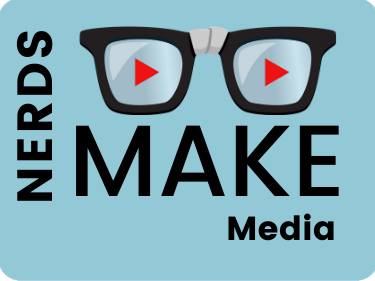Presenters:
Dale Cohen, UCLA School of Law, Director, Documentary Film Legal Clinic
Dan Mayeda, UCLA School of Law, Associate Director, Documentary Film Legal Clinic
Fair Use Key Truths:
1. Fair use is complicated
2. Look at both what the law says, and what the risk is. Lawsuits are very expensive.
3. Always helps to know who the potential plaintiff or copyright owner is. Are they litigious? Do they have an ax to grind – do they have reason to not like what you are doing? Even though copyright claim is not meant to protect reputation, it can be a tool used for that? Do they have deep pockets?
4. Expect that there will be uncertainty – part of the risk of doing business is a possible fair use claim
5. With good advice you can avoid most problems.
Fair Use Myths:
1. There are no rules of thumbs for fair use (7 second rule, 10% rule, 49 words or less etc all bogus).
2. If “they” put it on the internet, they want it to be distributed/used etc. Posting on social media, YouTube, or a website is not permission. This does not mean they won’t give permission (or have put it in Creative Commons).
3. Giving credit to copyright owner or any sort of disclaimer of ownership does not absolve you. It may be useful to do, or hurt you not to have done.
4. It is not true that once you have asked for permission and been turned on you can not fair use something. However, there are numerous situations where there was a good fair use argument in cases where the copyright holder refused to license the work.
Interesting Notes:
There has been a disturbing upsurge in frivolous lawsuits by “copyright troll” lawyers in the past few years.
Presenters agree that teachers can't use a whole film and claim "fair use", as it interferes with the financial value of the work. Using limited clips for educational purposes may be OK, but always better for teachers to license the work.
